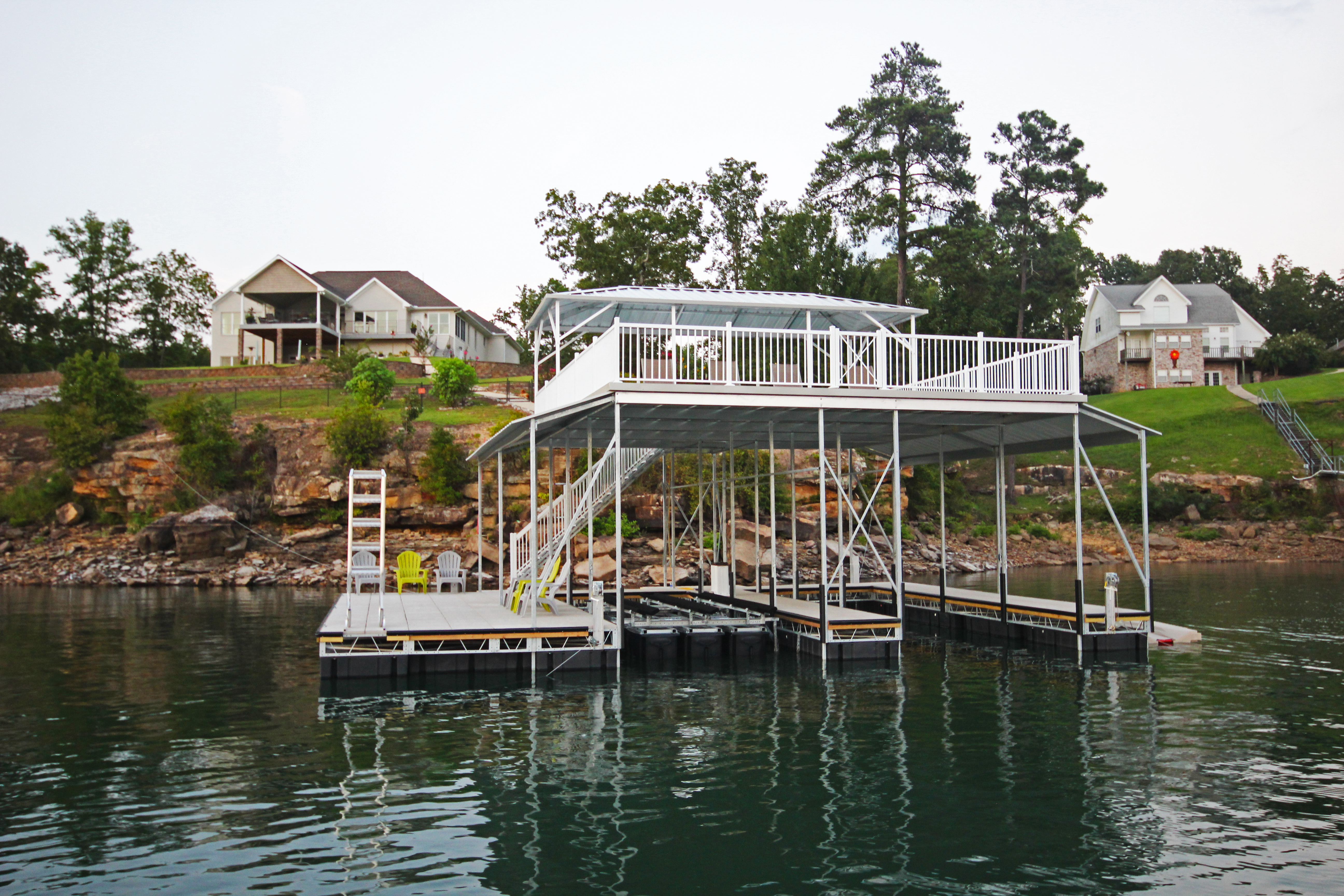Options for Your Floating Dock Anchor: RhinoDock Anchorage Choices
ShoreMaster’s commitment to advancing dock design and engineering has provided waterfront owners with innovative solutions that allow them to do more of what they love on the water. This journey has culminated with the RhinoDock — a floating dock system that boasts industry-leading strength, superior stability, and unparalleled design versatility.
However, even the most advanced floating dock system is only as good as its anchoring. Below, we delve into the different RhinoDock anchoring options to help you build a waterfront haven that looks great and works even better.




